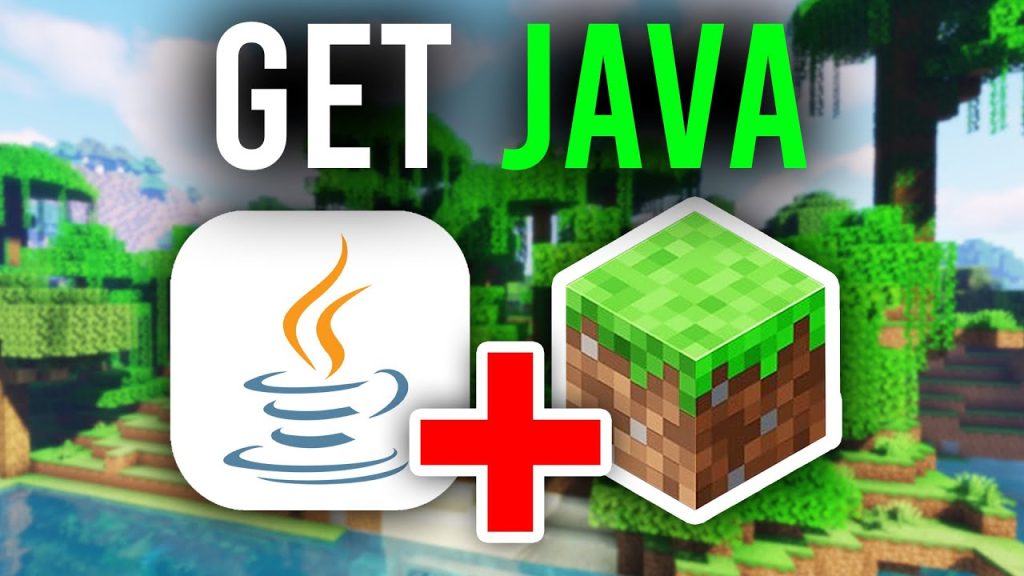How does Minecraft Java script manage a large number of players?

JavaScript-based Minecraft versions use specialized techniques to handle multiple simultaneous players. Server architecture determines how many people can connect at once. Data synchronization keeps everyone seeing the same world state. Network optimization reduces lag during crowded sessions. Memory management prevents browser crashes under heavy loads. When you play Eaglercraft systems work behind the scenes, maintaining smooth gameplay. These technical approaches reveals how browser versions accommodate substantial player counts.
Server architecture design
JavaScript Minecraft runs on server infrastructure, handling client connections. Dedicated servers process all game logic centrally rather than distributing it across player devices. This centralized approach means one powerful machine coordinates everything. Each connected player sends input commands to the server. Results are calculated by the server and broadcast to all users. Clients and servers can communicate in real-time using WebSocket protocols. These persistent connections stay open throughout gameplay. Traditional HTTP requests would create too much overhead for continuous game updates. WebSockets let servers push data to clients instantly when world changes occur. One player breaking a block triggers an update sent to all nearby players showing the change.
Chunk loading optimization
Minecraft worlds are divided into chunks covering 16×16 block areas. Servers only load chunks near active players. Empty areas far from anyone remain dormant, saving processing power. When players move, servers load new chunks ahead while unloading distant ones behind them. This dynamic loading prevents servers from processing the entire world simultaneously. Player view distance settings determine how many chunks load around each person:
- Short view distances load fewer chunks, reducing server load
- Medium distances balance visibility against performance
- Long distances provide better views but strain server resources
- Per-player settings let the server customise based on connection quality
Servers track which players are near which chunks. Updates only go to players who can see affected areas. Someone building in one corner doesn’t receive data about events across the map. This selective broadcasting reduces network traffic substantially.
Data compression techniques
Raw game data consumes significant bandwidth when transmitted constantly. Compression algorithms shrink this data before sending it over networks. Block updates get encoded efficiently. Instead of sending full block descriptions, servers transmit compact codes. Position coordinates use relative measurements from known reference points rather than absolute world coordinates. Movement data receives special optimization. Servers don’t broadcast every tiny position change. Instead they send position snapshots at intervals with velocity vectors. Client browsers interpolate smooth movement between snapshots. This technique cuts network traffic while maintaining fluid player motion visually.
Load balancing methods
- Popular servers run multiple instances, distributing players across them. Lobby systems sort arriving players into available server instances. Each instance handles a portion of the total capacity. Once an instance fills, new players route to the next available one. This horizontal scaling lets platforms accommodate hundreds or thousands of players.
- Regional servers reduce latency by locating near player populations. North American players connect to servers in that region. European players use European servers. Routing players to nearby servers cuts network delay. Lower ping times create more responsive gameplay, especially during fast-paced activities.
JavaScript Minecraft manages large player counts through thoughtful technical design. Centralized server architecture coordinates all game logic. Chunk loading optimization processes only necessary world areas. Data compression reduces network bandwidth requirements. Entity update priorities allocate processing power efficiently. Load balancing distributes players across multiple server instances. These combined techniques enable browser-based Minecraft versions to host substantial multiplayer sessions.




